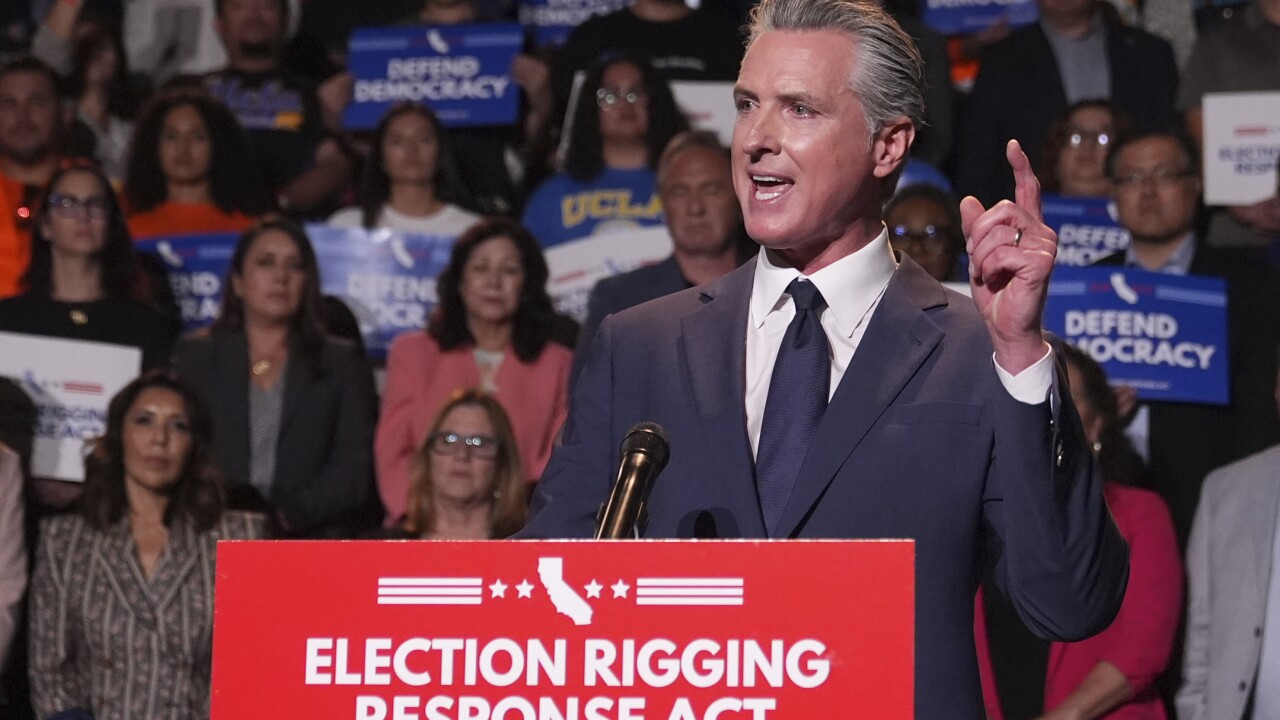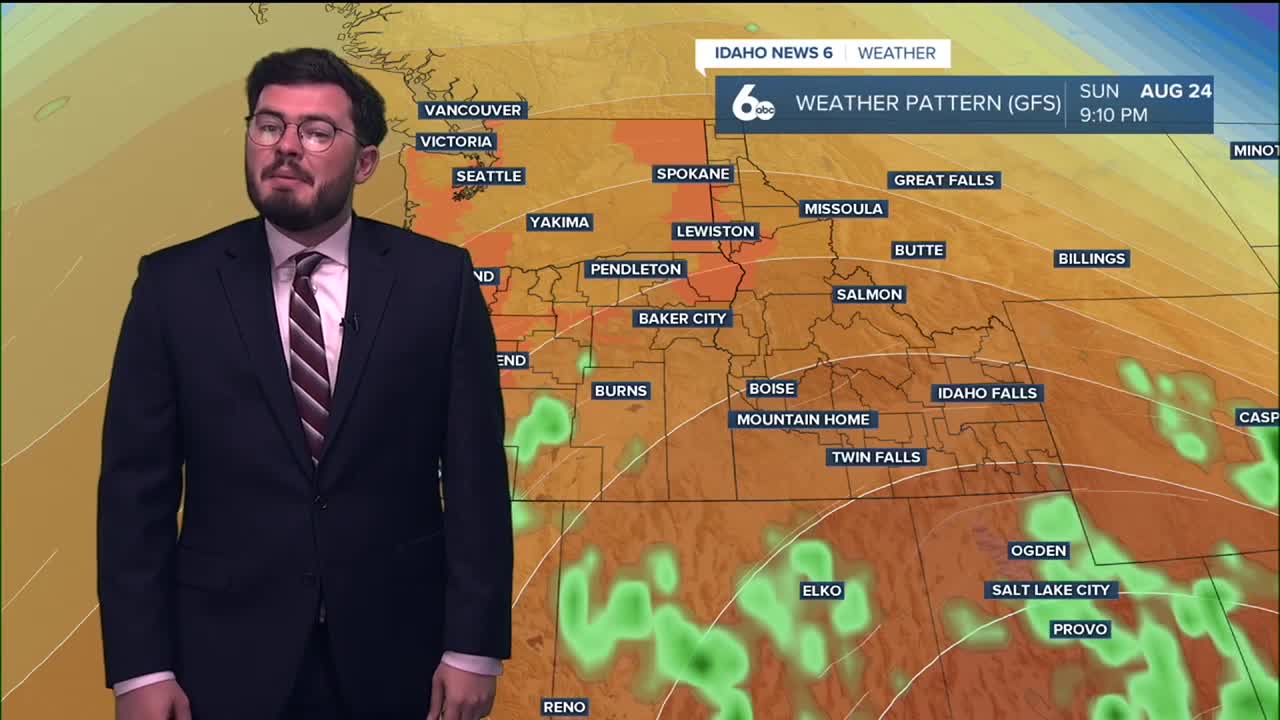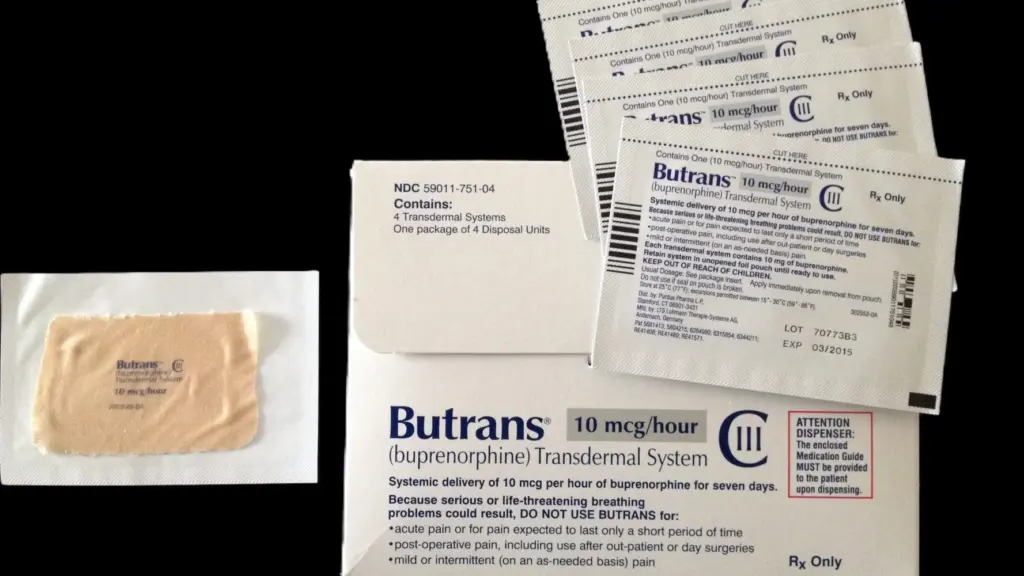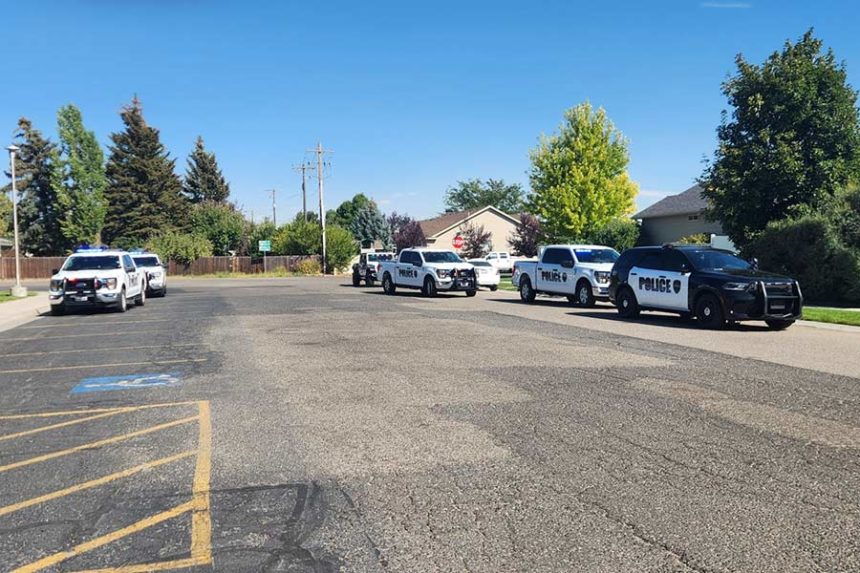California Democrats release plan to boost party’s US House seats, responding to Texas redistricting

In a show of ruthless but strategic politics, Democrats on Friday presented a plan that would give California’s ruling party five more seats in the U.S. House in an attempt to gain control of Congress the next year.
In order to significantly increase the Democratic advantage in the state before the November elections, when Republicans would be defending the party’s precarious House majority, the plan calls for an unusually timed redrawing of House district borders.
As President Donald Trump seeks to keep control of Congress and, with it, the possibilities for his conservative agenda in the latter years of his term, the GOP is attempting to add five seats to its House delegation in Texas. This is essentially a counterpunch to Texas.
The California plan may virtually eliminate Republican House members in the most populous state in the country if voters adopt it in a November election. The Democratic strategy aims to increase the party’s current number of U.S. House seats from 43 to 48.
The Democratic Congressional Campaign Committee, the campaign arm of House Democrats, made the proposition public. Next week, Democrats in the state legislature will vote on the revised maps after hearings.
There is more to this than just sketching lines on a map. In a statement, state Senate Democratic leader Mike McGuire stated that the goal is to establish a line in the sand to prevent Texas and Trump from manipulating the election.
In order to enhance Democratic dominance, the planned remapping would create a jigsaw of irregularly shaped districts, even though the overall idea behind district drafting is to bring together neighborhoods and cities that share similar interests or demographic traits—a process known as communities of interest.
Republican Rep. Doug LaMalfa, a Trump supporter, represents the 1st Congressional District, which is presently anchored in the state’s conservative extreme northeast region. The GOP registration lead in the district is almost 18 points.
The proposal would drastically reshape the district to include sections of heavily Democratic Sonoma County near the Pacific Coast, giving Democrats a 10-point registration lead.
LaMalfa described the notion as completely absurd in a post on the social media site X.
Currently, there is a roughly equal distribution of Republican and Democratic registration in the contested 41st District east of Los Angeles, which is represented by longtime Republican Representative Ken Calvert.
However, in the redesigned district, GOP registration would drop to 26% while Democratic registration would rise to 46%.
Reps. Darrell Issa of San Diego County, David Valadao of the Central Valley agriculture belt, and Kevin Kiley of Northern California are among the other Republicans whose districts would undergo significant modifications aimed at favoring Democrats. Additionally, more left-leaning voters would be added to the districts of struggling Democratic incumbents.
The plan’s unveiling coincided with the start of a second special session by Texas Republicans to approve new congressional boundaries that Trump had requested.
Because Democrats staged a nearly two-week boycott, there were not enough lawmakers present to enact any legislation, and the GOP’s first special session in Texas ended without establishing new political maps. A second session was promptly convened by Governor Greg Abbott, but it began without the quorum required to do business.
California Governor Gavin Newsom, a Democrat, announced Thursday that his state will conduct a special vote on the reconfigured districts on November 4.
According to Newsom, we cannot watch helplessly as American democracy is destroyed district by district across the nation.
Although a number of governors and legislative leaders from both parties have threatened to do so, the announcement was the first time a state outside of Texas has entered the Trump campaign.
The leader of the House GOP campaign arm, Rep. Richard Hudson of North Carolina, claimed that Newsom, a prospective presidential candidate in 2028, is disenfranchising voters and tearing apart California’s Constitution.
Hudson, the head of the National Republican Congressional Committee, stated that Californians are against Newsom’s stunt because they would not allow a self-serving politician to manipulate the system to advance his career.
Democrats face a significant risk: will voters be willing to accept district lines drawn for partisanship rather than those drawn by an impartial commission?
A few have already threatened to sue over the endeavor. Even after speaking with Newsom, Republican former Governor Arnold Schwarzenegger, a staunch opponent of partisan redistricting, indicated that he would not support Democrats. He shared a picture of himself at the gym on Friday, sporting a T-shirt that read, “Cease gerrymandering,” along with a reference to politicians and profanity.
Schwarzenegger declared, “I’m preparing for the gerrymandering battle.”
After California Democrats take more official action on their own redistricting proposal, lawmakers who have been absent have stated that they will return to Austin.
Trump is attempting to prevent a recurrence of the 2018 midterm elections, in which a Democratic majority defeated the GOP in his first term, stifling his program and impeaching him twice. The ensuing conflict has spread into numerous courtrooms and statehouses that are under the control of both parties, with the two most populous states in the country in the forefront.
Accusing colleagues who departed Austin of following Gov. Newsom’s example rather than the wishes of Texans, Texas House Speaker Dustin Burrows chastised them. However, the speaker stated that he has been instructed to anticipate a quorum on Monday.
Burrows stated, “Let’s be ready to work,” going over a long list of concerns without bringing up the president or redistricting.
Trump has called on other Republican-controlled states to change their maps, sending Vice President JD Vance to Indiana to exert pressure on state leaders. Missouri’s state Senate was sent a $46,000 bill to activate six redistricting software licenses and train up to ten staff workers, according to a document The Associated Press was able to get.
Newsom urged not only California but also other Democratic-led states to take a stand.
Democrats are within three seats of a majority on a national level due to the political composition of the current district lines. Only a few dozen districts are competitive out of the 435 seats available. Therefore, the party that gains control could be impacted by even small changes in a few states.
Usually, ten years following the census, new maps are created; the most recent one was created in 2020. Texas is one of many states that grant lawmakers the authority to create maps. California is one of the states that gives the responsibility to independent commissioners.
Only if a Republican state redistricts itself would a new California map, if approved, go into effect. It would last until the elections in 2030. Democrats said they would then give the independent commission that voters approved in 2008 back the authority to create maps.











